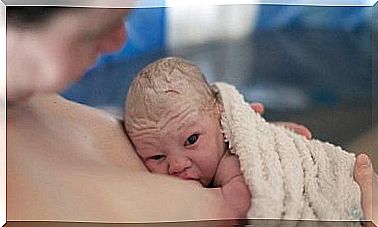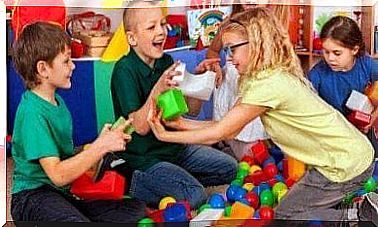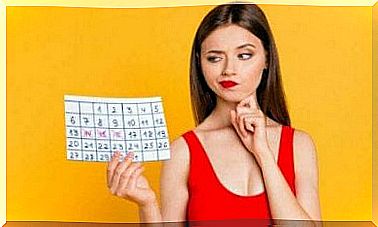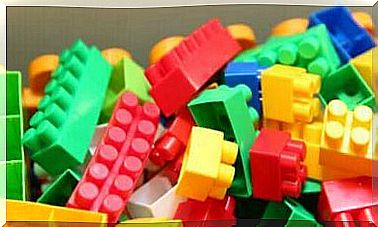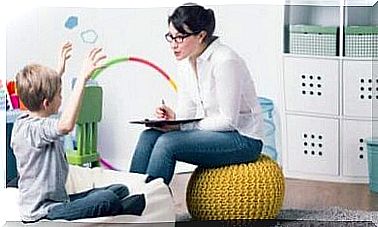How To Interpret Colors In Children’s Drawings
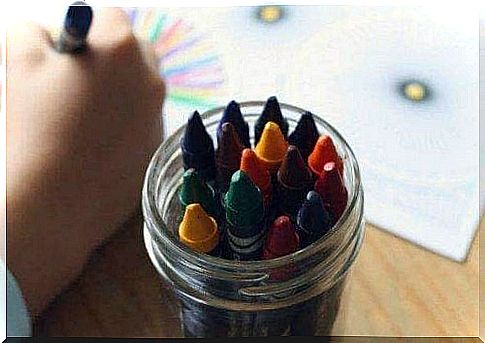
Do you know how to interpret the colors in children’s drawings? In this article, we will give you some pointers to understand the behavior and ideas of your little ones.
The various branches of psychology have long studied colors and emotions. People use certain colors based on their personal preferences, which are linked to emotions.
Let go of the concepts and traditional iconology of what certain colors represent for different cultures. Today we will focus on how different colors can reveal certain behaviors and predispositions.
In addition to shapes, the intensity of the stripes and the story behind the drawing itself can also indicate what children are thinking. The choice of color also clearly and strongly shows the emotional state of children.
Most common colors in children’s drawings
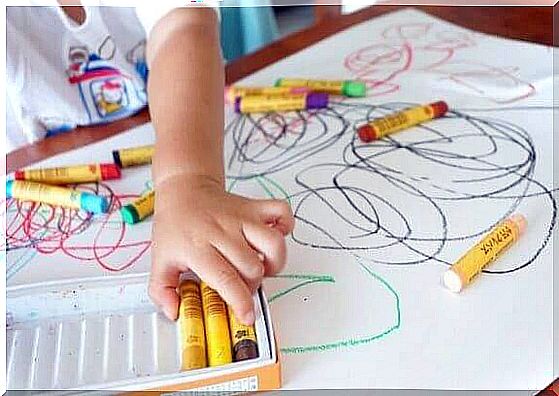
While there are certainly common colors that are most commonly used because they are in all boxes of crayons, children usually mix colors. In this sense, it is good to know that mixing light colors shows that children are calm and connected to their emotions.
On the other hand, using more intense colors usually means active and energetic children with intense feelings, including aggressiveness.
Blue
This color is associated with calmness, well-being and relaxation. It is usually the favorite of quiet or timid children. In addition, it awakens the sense of creativity and sensitivity in children.
Specialists estimate that children who use this color also develop self-control at a younger age. Some children who use this color are often said to suffer from a condition called enuresis, more commonly known as “bedwetting.”
Red
Red is a color that attracts the attention of children because of its intensity. You can interpret the usage in two different ways:
- If the child uses it often, it may be an aggressive child with feelings of suppressed anger.
- If the child uses it moderately, then it can describe vitality and energy.
Black
Contrary to popular belief, black is a color that is not always associated with negative or depressive feelings. It actually describes a child with good self-esteem and confidence.
When it comes to using this color, you should also look at the intensity of the stripes. If it is very dark, then it can also have other meanings.
Brown
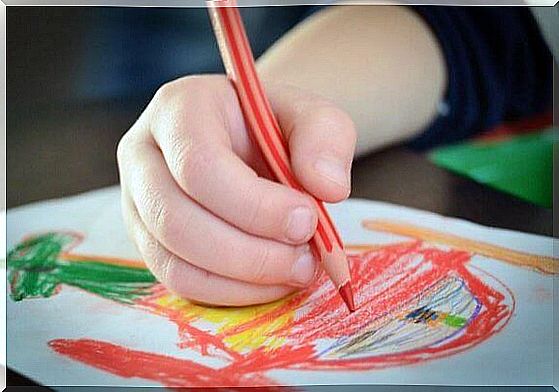
This color represents responsibility. When children choose this color, children show that they are diligent and careful. When overused, however, they are found to be overwhelmed by daily activities.
Yellow
Yellow is synonymous with energy, dynamism, joy and conviviality. It is a color that shows happy children. In addition, you will see all the virtues associated with childhood. However, the regular use of these colors in drawings can indicate problems with authority figures.
Green
Overusing this color can reveal laziness and a degree of shyness and inhibition. On the other hand, there are also universal meanings for green:
- heap
- peace
- a sense of harmony
Violet
The use of this color shows that for some reason the child is melancholy, dissatisfied and restless. When used in drawings with yellow, it can mean that the child is overwhelmed by some kind of pressure.
Finally, we want you to know that these analyzes are not always correct when it comes to interpreting or mixing colors in children’s drawings. In any case, a psychoanalyst can evaluate your child’s drawings to get a more accurate and conclusive diagnosis.


